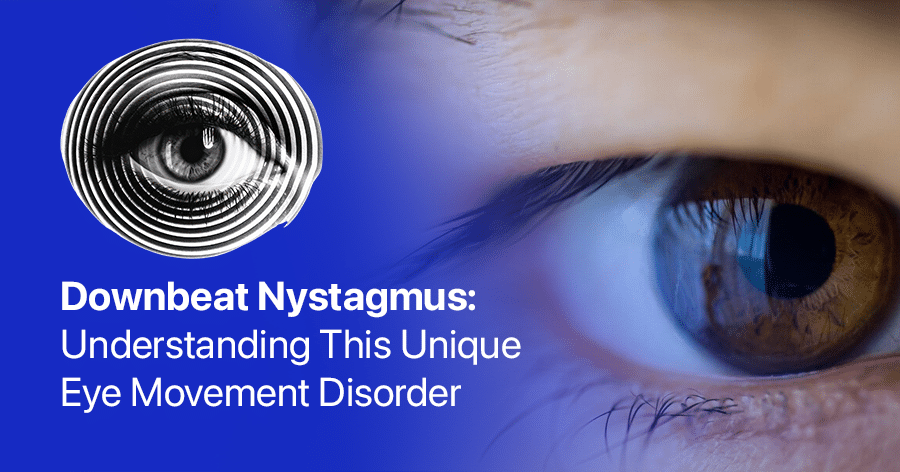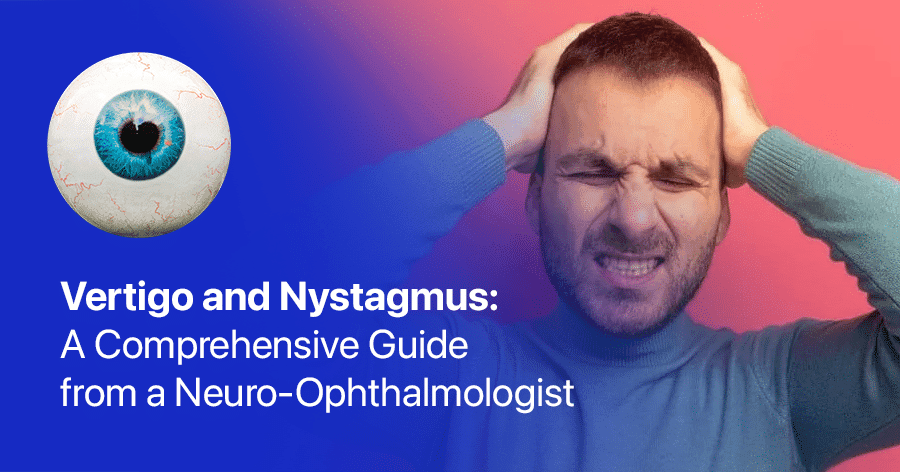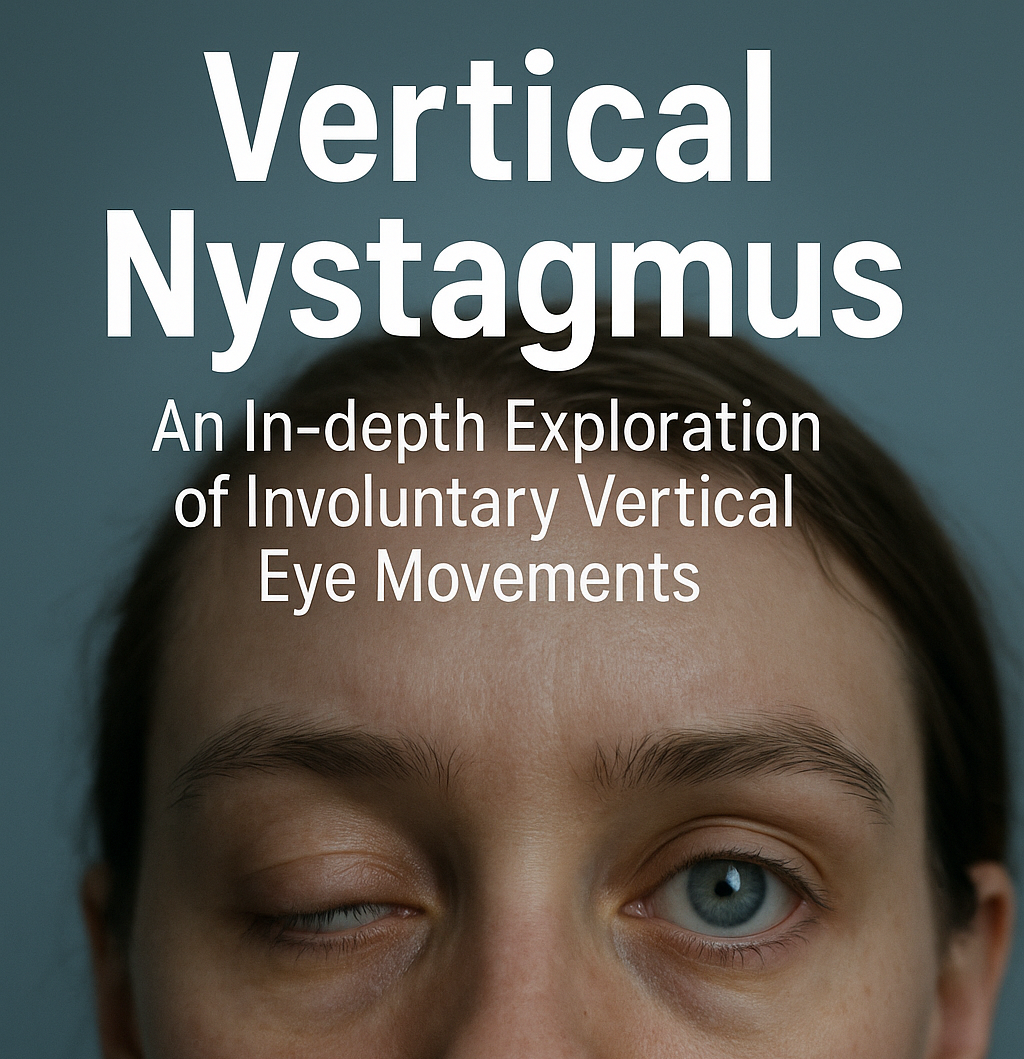
Rotary Nystagmus: Understanding This Complex Eye Movement Disorder
Rotary nystagmus is a unique and often misunderstood form of eye movement disorder. As a neuro-ophthalmologist specializing in nystagmus, I’ve encountered numerous cases of this condition throughout my career. This article aims to provide a comprehensive overview of rotary nystagmus, its causes, symptoms, and the latest treatment options available.
What is Rotary Nystagmus?
Rotary nystagmus, also known as torsional nystagmus, is characterized by involuntary circular or wheel-like movements of the eyes. Unlike other forms of nystagmus that involve horizontal or vertical eye movements, rotary nystagmus presents as a rotational motion around the visual axis.
Key Characteristics of Rotary Nystagmus:
- Circular eye movements around the pupillary axis
- Can occur in conjunction with horizontal or vertical nystagmus
- Often associated with vestibular system disorders
Causes of Rotary Nystagmus
Understanding the underlying causes of rotary nystagmus is crucial for accurate diagnosis and effective treatment. Several factors can contribute to the development of this condition:
- Vestibular System Disorders:
- Cerebellar Dysfunction:
- Cerebellar tumors or lesions
- Cerebellar stroke
- Multiple sclerosis affecting the cerebellum
- Brainstem Abnormalities:
- Syringobulbia
- Wallenberg syndrome
- Brainstem tumors
- Genetic Factors:
- Some inherited neurological disorders can cause rotary nystagmus
- Medication Side Effects:
- Certain anticonvulsants
- Some anti-depressants
- Alcohol or Drug Intoxication:
- Can cause temporary rotary nystagmus
Symptoms and Impact of Rotary Nystagmus
Patients with rotary nystagmus often experience a range of symptoms that can significantly affect their daily lives:
- Dizziness and vertigo
- Oscillopsia (perception of the environment spinning)
- Nausea and vomiting
- Balance problems
- Difficulty with visual tasks, especially reading
- Head tilt or turn (as a compensatory mechanism)
These symptoms can lead to challenges in various aspects of life, including work, education, and social interactions, underscoring the importance of proper diagnosis and management.
Diagnosis of Rotary Nystagmus
Accurate diagnosis of rotary nystagmus involves a comprehensive approach:
- Detailed Medical History: To identify potential causes and triggers
- Comprehensive Eye Examination: Including visual acuity and ocular motility tests
- Specialized Nystagmus Tests:
- Videonystagmography (VNG)
- Electronytagmography (ENG)
- Vestibular Function Tests:
- Caloric testing
- Rotational chair testing
- Neurological Examination: To check for underlying neurological issues
- Imaging Studies: MRI or CT scans to identify any structural abnormalities
- Blood Tests: To rule out metabolic or systemic causes
Treatment Options for Rotary Nystagmus
While rotary nystagmus can be challenging to treat, several options are available to manage symptoms and improve quality of life:
Medications
- Vestibular Suppressants: Such as meclizine or diazepam for associated vertigo
- Anticonvulsants: In some cases, medications like gabapentin may help
- Aminopyridines: 4-aminopyridine has shown promise in certain types of nystagmus
Non-Pharmacological Approaches
- Vestibular Rehabilitation Therapy: Exercises to improve balance and reduce dizziness
- Vision Therapy: Techniques to improve gaze stability and visual function
- Prism Glasses: Can help compensate for abnormal eye positioning
Surgical Interventions
In select cases, surgical procedures may be considered:
- Strabismus surgery to realign the eyes
- Procedures to treat underlying vestibular disorders (e.g., canal plugging for BPPV)
Emerging Treatments
- Neurofeedback: Shows potential in helping patients gain some control over eye movements
- Transcranial Magnetic Stimulation (TMS): Being researched for its effects on nystagmus
Living with Rotary Nystagmus: Coping Strategies and Support
Managing rotary nystagmus extends beyond medical treatments. Patients can benefit from:
- Occupational Therapy: To adapt work and home environments
- Support Groups: Connecting with others who have similar experiences
- Regular Follow-ups: Monitoring progression and adjusting treatment as needed
- Lifestyle Modifications: Such as avoiding triggers that worsen symptoms
Stay Informed with “The Nystagmus Book”
If you’re looking to deepen your understanding of nystagmus and stay up-to-date with the latest research and management strategies, I invite you to check out my book, “The Nystagmus Book.” This comprehensive guide contains all the legitimate, up-to-date information about nystagmus as of 2024, including the most recent research findings and best practices for managing the condition.
In a world where misleading information about nystagmus is unfortunately common, “The Nystagmus Book” offers a reliable, science-based resource. It’s packed with practical tips, the latest treatment options, and insights from my 20+ years of research in the field. Whether you’re living with nystagmus, caring for someone who is, or simply want to learn more about this condition, this book is an invaluable resource.
Conclusion: Navigating Life with Rotary Nystagmus
While rotary nystagmus presents unique challenges, with proper diagnosis, treatment, and support, many individuals can effectively manage their symptoms and maintain a good quality of life. By staying informed about the latest developments and working closely with healthcare providers, those affected by rotary nystagmus can look forward to continually improving outcomes and management strategies.
Remember, if you’re experiencing symptoms of rotary nystagmus or any unusual eye movements, it’s crucial to consult with a neuro-ophthalmologist or a specialist in vestibular disorders for proper evaluation and care.




